
Kohlrabi
Known as the German turnip or German cabbage, kohlrabi is popular in soups and salads. Once the bulb is tennis ball-sized it is ready for harvest. The bulb, stems, and leaves are all edible, but the peal can be bitter, so it is best to peel it.
While alien-looking, it is a versatile veg that can be steamed, sautéed, or roasted. Thinly sliced, it is a great addition to salads. You can stuff them and use the leaves as you would kale. Kohlrabi is a fun addition to any garden!
|
Early White Vienna |
|
Brassica oleracea |
|
Intermediate |
|
Intermediate to Difficult |
|
4 years if properly stored |
|
Biennial |
|
10-20 days |
|
None |
|
1/4 inch |
|
6-8” tall by 12” spread |
|
Full sun but will tolerate some shade. |
|
40-60 |
|
Best as young bulbs up to the size of a tennis ball. |
|
February, March, and August |
|
Yes |
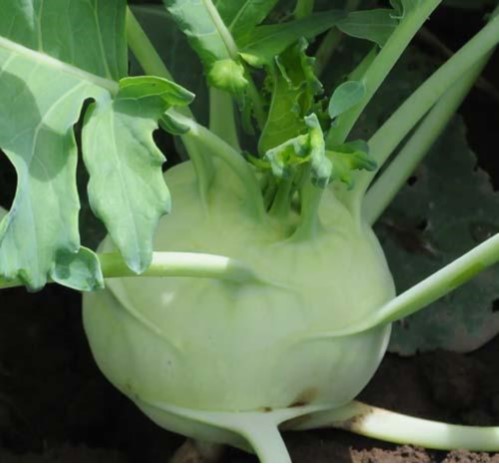
Growing Tips
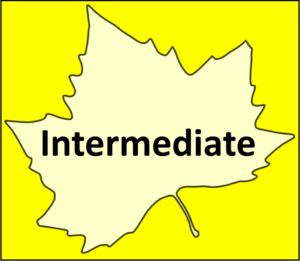
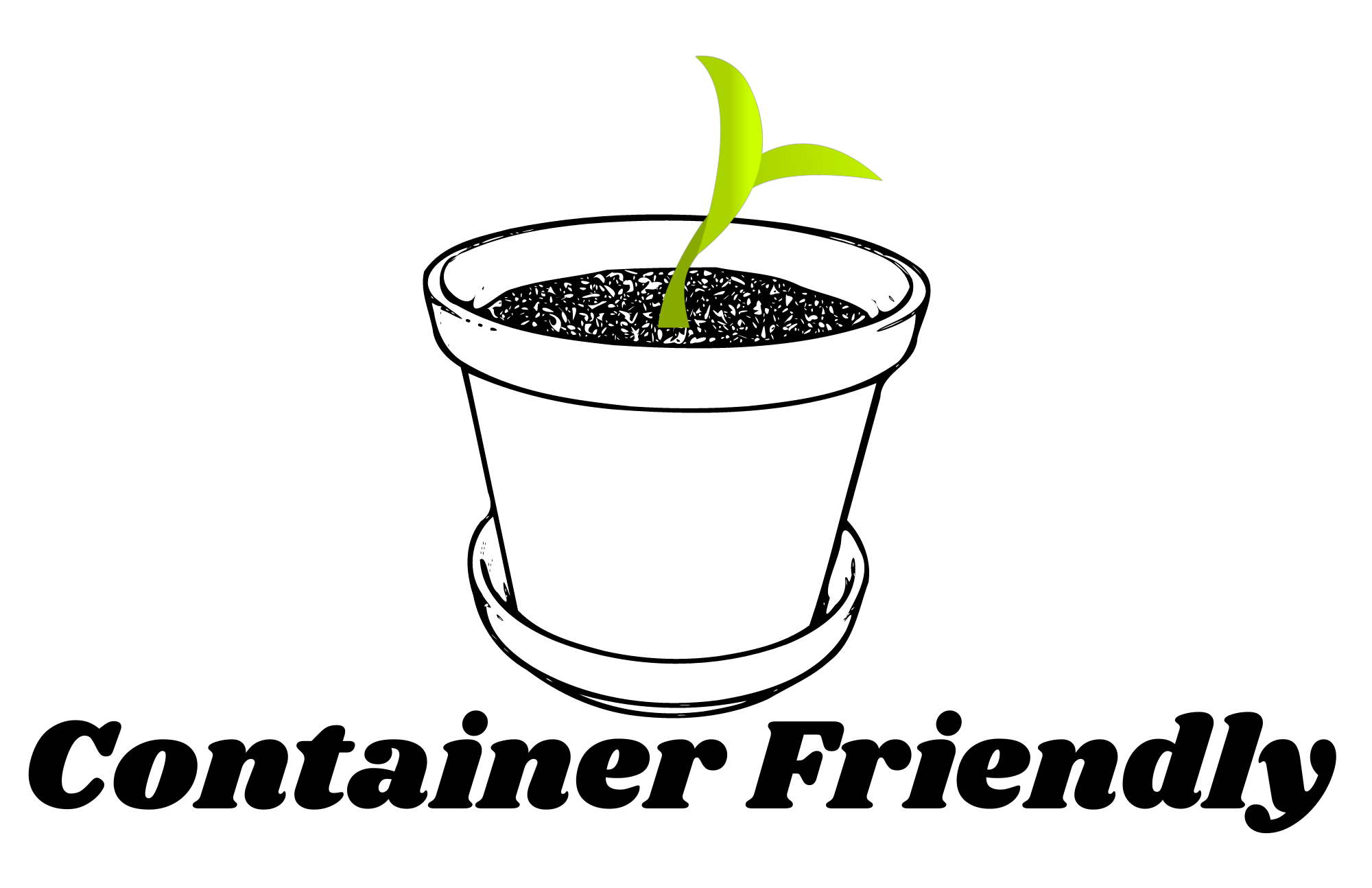
At least a 16 x 16” container.
Thin to 1-2 plants.
When to Start
Spring: Direct sow 4-6 weeks before the last frost date. (Feb 1-Mar 15 for GA)
Fall: Direct sow 4-6 weeks before the first average frost date. (Aug 1-Sep 1 for GA)
How to Start
Direct sow in full sun and well-drained, rich soil to a depth of 1/4 inch. Thin to 5-6 inches apart. Mulch to suppress weeds and help retain soil moisture. The plant definitely prefers cool weather, so if you can only grow one crop a season, fall is preferred. It will taste best if it matures in the fall. Kohlrabi can also be planted in a container. Use at least a 16 x 16-inch container and thin to 1-2 plants per container.
Care
Kohlrabi will grow sweeter if it experiences a light frost, however, it will need protection from freezes.
Keep the soil well-watered or you’ll end up with tough, woody-stemmed plants. Consistent watering will also help keep the bulb from cracking. A soaker hose is very beneficial to help with this. Keep the soil moist but not soggy. Kohlrabi isn’t a root plant; the bulb is the stem of the plant and it should sit just above the level of the soil.
Harvest
Once the stem (bulb) reaches 3 inches in diameter, cut the bulb from the root with a sharp knife. Position your knife at the soil level, just under the bulb. Pull the leaves off of the upper stems and wash the leaves before cooking. You can use the leaves as you would cabbage or kale leaves.
How to use
The bulb, stems, and leaves are all edible, but the peal can be bitter, so it is best to peel it. While alien-looking, it is a versatile veg that can be steamed, sautéed, roasted or left raw. Thinly sliced, it is a great addition to salads. You can stuff them and use the leaves as you would kale or cabbage.
Pest Management
Kohlrabi does have similar pest problems to cabbage and other brassicas. Try “Companion Planting” to help control pests. The link is below.
Seed Saving
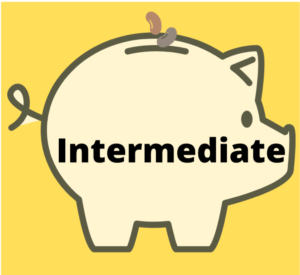
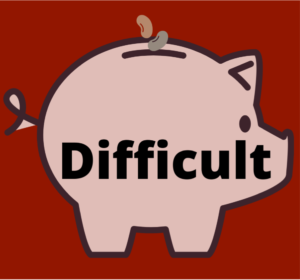
Isolation Distance
Insect-dependent and biennial, Kohlrabi will cross with other Brassica oleracea like broccoli, kale, and collards. Separate by 1 mile for reliable distance isolation. Allow seeds to mature and dry on the plants before harvesting. Kohlrabi requires vernalization (the process of overwintering). Designate a particular Kohlrabi plant or plants for seed harvest. Plants will bloom in the 2nd year.
Instructions
Dig up the seed plants at the end of the first growing season if the winter falls below 32 F. In this case, replant them in pots of sand. Store the sand pots over the winter in a temperature range between 32-40 F. Transplant the seed Kohlrabi back to the garden the following spring. You MIGHT be able to get away with leaving the Kohlrabi in the ground in GA. Mulch heavily and cover if temps get below freezing.
Let seed pods mature and dry on the plants before harvesting, or the seeds will not be fully mature. Harvest quickly after drying, as the pods often shatter and drop their seeds soon after they dry.
Strip the pods from the stalks and place them in a bowl. Work through the bowl of seed pods with your fingers. The pods will easily open, releasing the tiny seeds. Winnow the chaff.
Seeds and finer chaff are easy to separate by a variety of methods. One way is to use two screens of varying mesh, one a little smaller than the seeds and the other a little larger. The first screen lets anything smaller than the seeds fall through, and the second lets the seeds through and stops anything larger.
Features
- Early White Vienna: Heirloom. Pale green skin and sweet, white flesh; good cooked or raw. It is also cold hardy.

Plants bloom in the second year.
Like other brassicas, kohlrabi is a heavy feedeer.
It will be sweeter after it experiences a frost. However, it will need protection from freezes.
You May Also Like:
How to water constantly: Hack #11
Companion Planting: How to use flowers to help control pests.
Trap cropping: How to keep pests out of your main crop.
